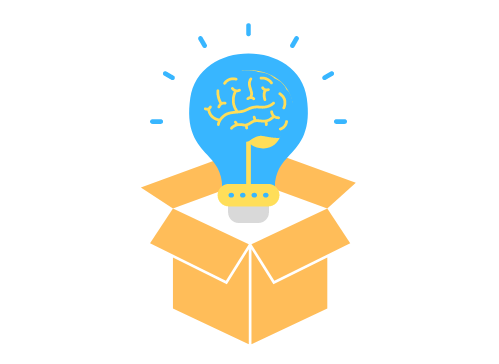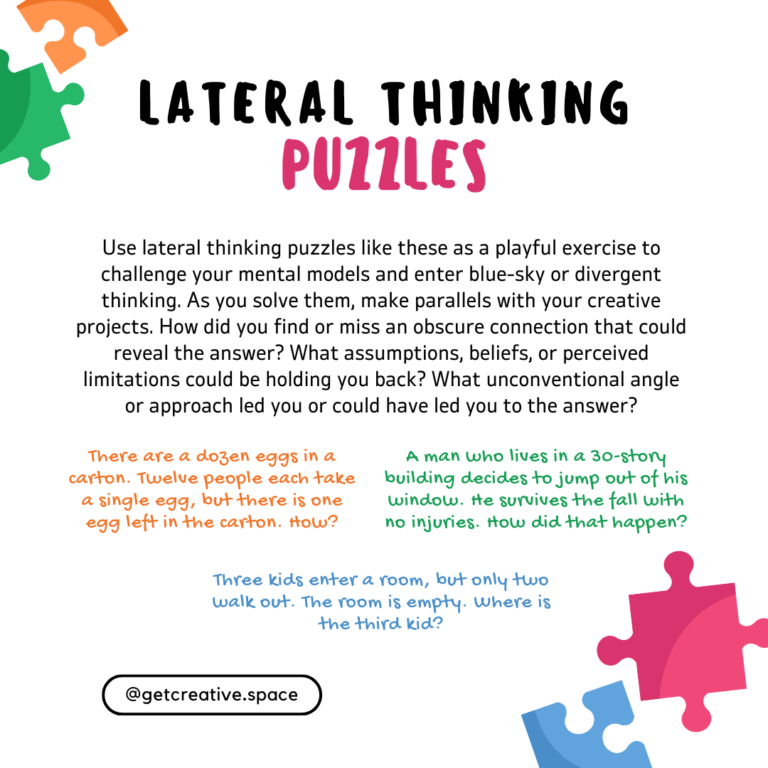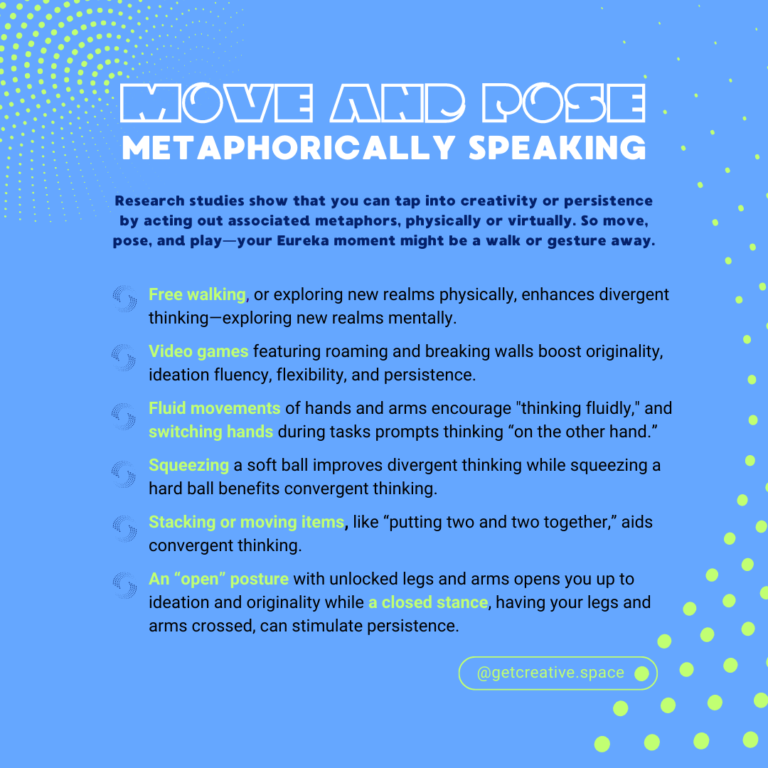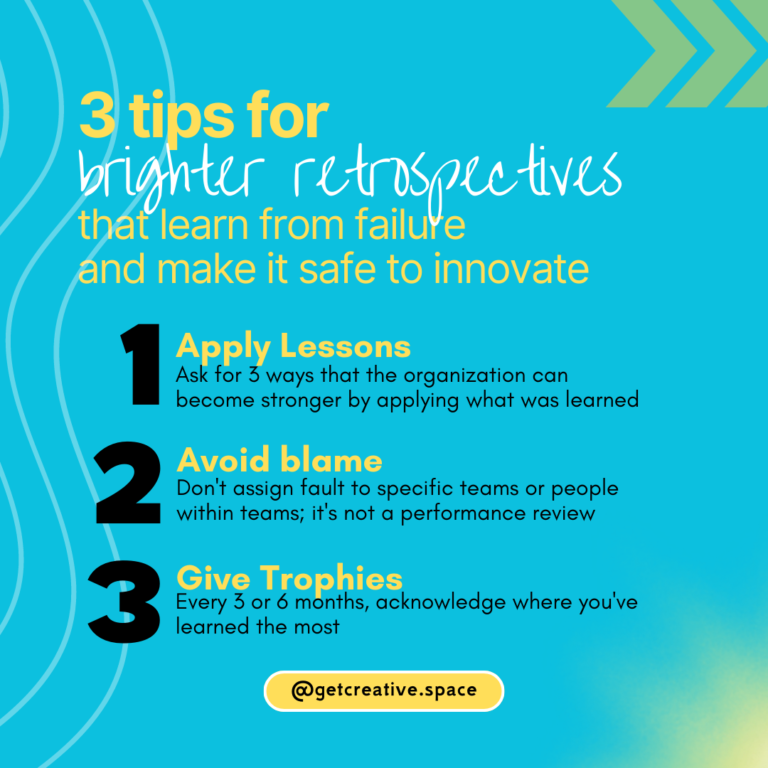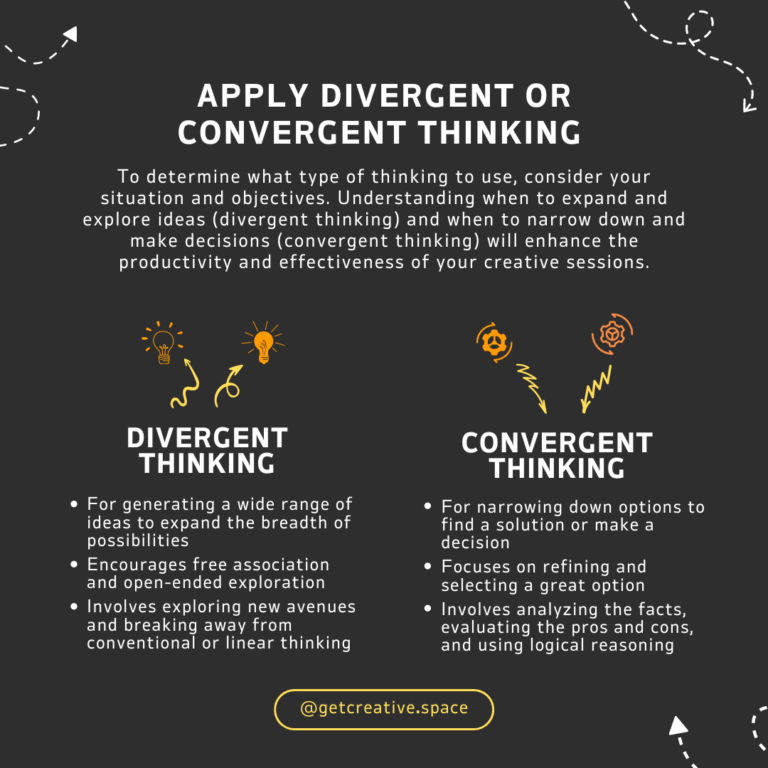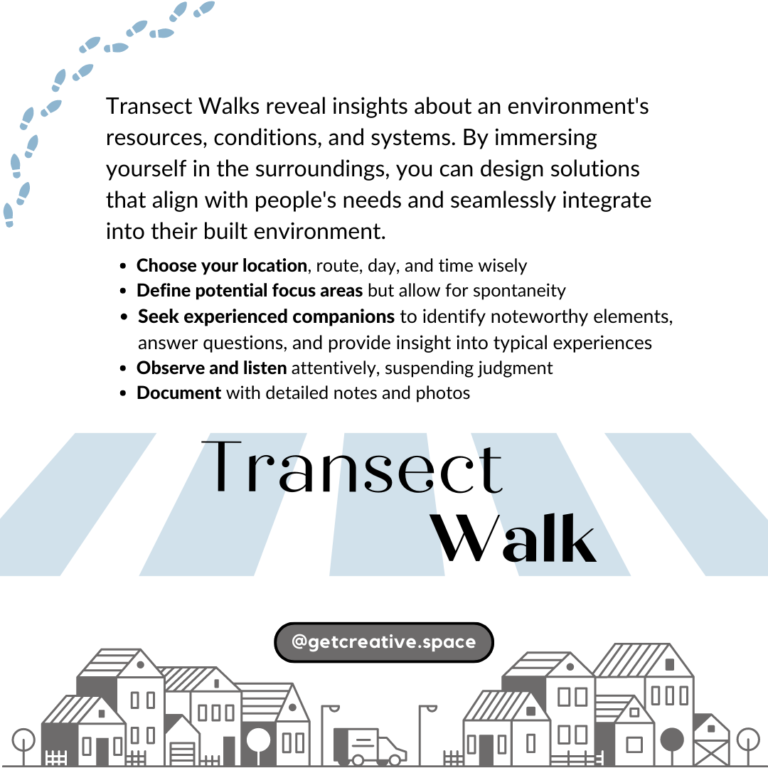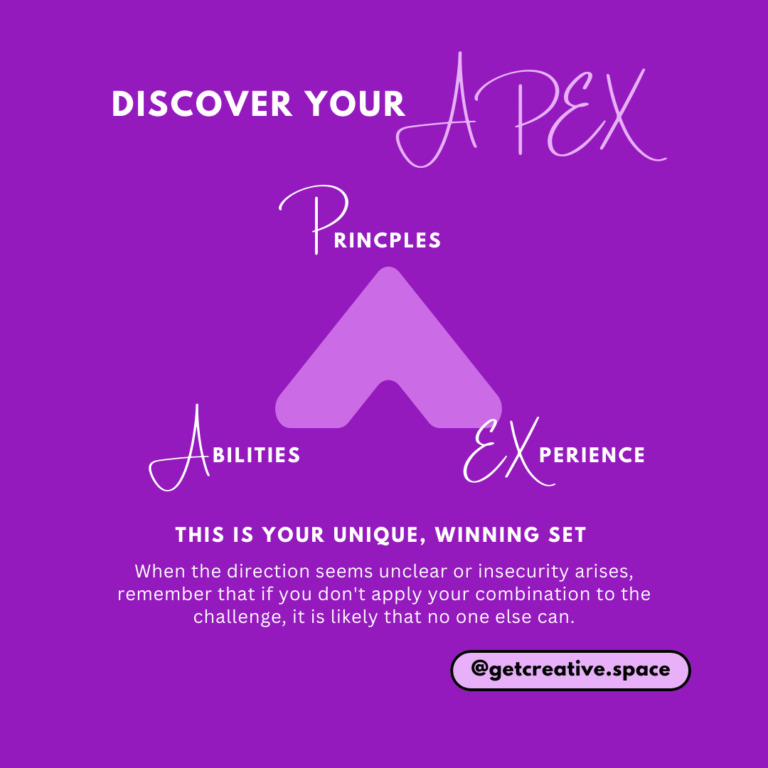The Evidence Board
One way to get creative is by putting on your detective cap by creating a visual mapping system or an evidence board. To map your ‘evidence,’ collect and connect notes, pictures, to-do items, or sketches on a digital or physical board. Reflect on the information you’ve gathered, the patterns you’re recognizing, and what gaps or questions could be resolved. This exercise and meditation can help you to see how far you’ve come and identify areas that need more attention. You’ll spark creative problem-solving and reveal new solutions.
1. Gather Your Evidence:
The first step is to gather all the information or ‘evidence’ you have on a project or problem. This can include notes, photographs, to-do items, sketches, or any other piece of data you might have.
2. Create Your Evidence Board:
Designate a space where you can set up your evidence board. This could be a physical board, a large piece of paper, a digital platform like Trello, Miro, or even a simple word processor. Organize your evidence on the board in a way that makes sense to you. You might group them by themes, chronology, or any other system that helps you make sense of the information.
3. Identify Connections:
Once you’ve arranged your evidence, it’s time to start making connections. Use string, arrows, or lines to connect different pieces of evidence that seem related. As you do this, you might begin to notice patterns, themes, or insights that you didn’t see before.
4. Analyze the Gaps:
Identify areas where information is lacking or where you don’t see any connections. These gaps are as crucial as the connections because they highlight what you still need to learn or explore. Write down these gaps as questions that need answers.
5. Reflect and Brainstorm:
Take some time to meditate on the board you’ve created. Reflect on what you’ve learned so far and brainstorm possible answers to the questions you’ve identified. The visualization of your progress can facilitate more creative thinking and help you come up with innovative solutions.
6. Update Regularly:
As you progress, you will gather new evidence, make new connections, and potentially identify new gaps. Keep updating your board to reflect these changes. The evolution of your board can also serve as a visual representation of your progress, which can be motivating and rewarding.
This exploration brings your subconscious knowledge to the level of awareness and encourages you to look at a situation from different angles. By visualizing your work, you can literally ‘see’ new solutions and ideas that were previously hidden.
